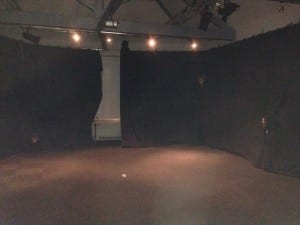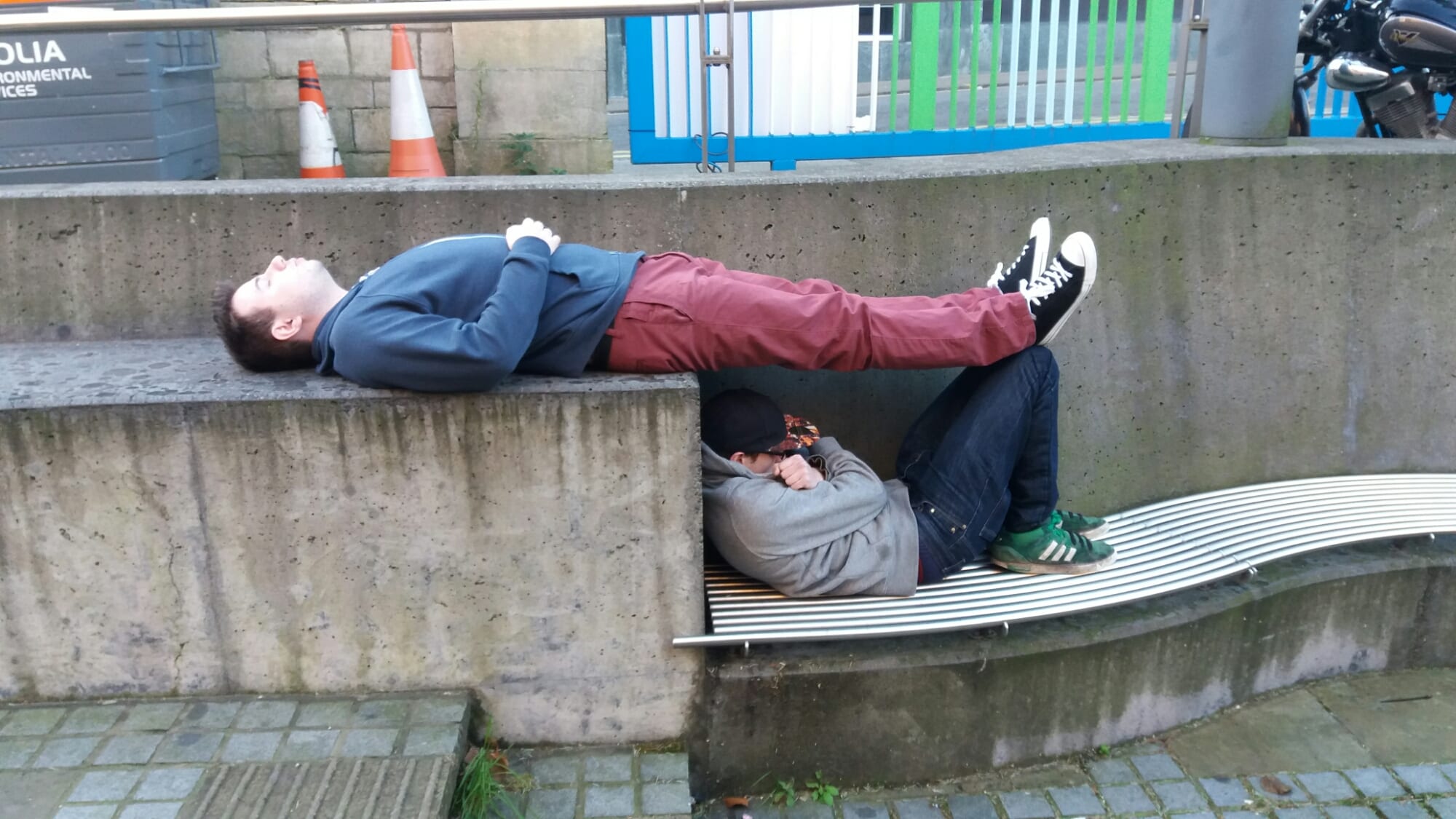My group and I are interested in using audio and sound in are final piece. Janet Cardiff’s work primarily focuses on this in her pieces. The piece that I found most interesting out of her work is “The forty part motet.” This is a sound installation piece that involves 40 separately recorded voices that are played back through forty speakers strategically placed throughout the space.
Whilst watching this piece closely on YouTube I could hear each individual sound coming faintly from the different speakers. I could only imagine that being a part of the experience would create an emotionally evocative sound sculpture that feels intimate even within a public space. Having the opportunity to listen to an individual speaker or listening to them all as a whole would allow an audience member to feel free, to create their own story and to be their own director and producer. The sense of freedom you get within this piece is inspirational.
KQED states “The Forty Part Motet triggers emotional responses rarely seen in the sterile world of contemporary art. Some of my fellow listeners turned inward, their eyes open but unseeing; some walked slowly around the oval of speakers, stopping to experience each voice. Some closed their eyes and abandoned themselves to wash of sound. As an external soundtrack, the piece turns a pleasant but unremarkable view of the marina into something like an ecstatic experience.” (KQED arts, 2015) This article reinforces my previous point that the audience members can create their own performance with the freedom throughout the piece, each member of the audience had a different experience.


